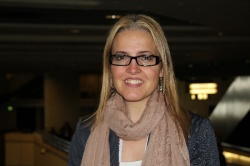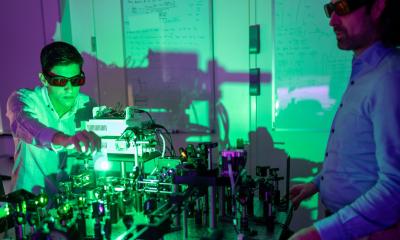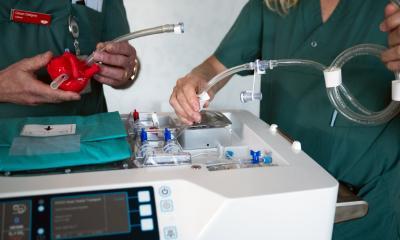The Spanish Model
The worldwide scarcity of organ donations inevitably draws attention to the so-called Spanish model.


From the end of the ’90s Spain became a worldwide reference due to its high deceased organ donor rates. In 2011 Spain even had the highest after death organ donor rate in the world – 35.3 organ donors per million population (pmp). In recent years the rate has stabilised at about 33 to 35 organ donors pmp. However, the European average is almost half this – about 17 deceased organ donors pmp. During the 24th International Congress of the Transplantation Society Beatriz Dominguez-Gil MD, who works at the medical department of the National Transplant Organisation (ONT) in Spain, explained the Spanish model to EH-correspondent Bettina Döbereiner.
Dr Dominguez-Gil: Contrary to the common notion that you only have to convince the public to donate and you will have more organs available, which is of course true to some extent. I’d like to underline that it is even more important to identify early whether a person dies in conditions that allow the person to become an organ donor. If the healthcare system is not ready to identify such situations, donation will not happen, even if you have a very supporting society. Therefore, early identification of potential donors is crucial for our success.
So the presumed Spanish consent policy, that people are donors unless they opt out, is less important for high donor rates? Even though we have a presumed consent policy, we don’t apply it in practice. We always approach the relatives, we explain to them the patient’s health conditions and we try to find out whether our patient wanted to be an organ donor or not. Anyway - if the relatives oppose to deceased organ donation, we don‘t go on with it. So, I think in practice that this is not very different from an explicit consent policy.
Some believe that organ availability in Spain is so high due to an assumed deficiency in intensive care, causing a higher rate of brain deaths. Is this true? That is a myth. In Spain, the mortality relevant for organ donation, i.e. deaths due to cerebrovascular diseases or traffic accidents, is one of the lowest in the European ranking, something that has much to do with excellence in healthcare. Besides, there are countries in Europe with a quite higher mortality relevant to organ donation, but they do not have higher donation rates than Spain, so there is no strict relationship between mortality rates and the number of deceased organ donors you finally have.
Would you briefly describe the Spanish system? In 1989, the Organisazión Nacional de Transplantes (ONT) was established as an agency dependent upon the ministry of health and in charge of overseeing donation and transplantation activities. By coincidence with this creation, a set of measures mainly of an organisational nature was created. One of the elements of the model is a donor transplant network structured at three levels: the national agency of the ONT coordinating all activities, the regional level and the network of organ procurement hospitals, actually 181 hospitals all over Spain. These hospitals are specifically authorised for organ procurement and equipped with a specially trained donor-transplant coordination team on-site. The teams, usually only parttime dedicated to organ coordination, consist of physicians and nurses and are ideally lead by an intensive care doctor, something that facilitates the early identification of potential donors.
A respected German newspaper* objected in an article, covering the Spanish system, specifically that one person may hold this double function - identifying potential organ donors as well as determining death. It was also argued that the organ donor-transplant coordinator receives a bonus payment per identified organ donor. Is there a conflict of interests? I don‘t see a conflict of interests. The whole idea of our system is that organ donation is the normal thing to occur when a person dies and we think that during and after surgery intensive care doctors are the perfect professionals for the job of donortransplant coordinators because they may best identify situations in which donation is possible. Besides, data of our recently performed benchmarking study proved that the hospitals with the best results, in terms of deceased donation, had frequently developed policies targeted to optimise the treatment of neuro-critical patients. It seems that the better the care for neuro-critical patients the better your results are in terms of survival, but this also derives in better deceased donation rates. Regarding reimbursement, costs related to donation are provided by the Spanish healthcare authorities. Every region and every hospital has different models of reimbursement, but whatever the model is about, the hospitals get payment for human and material resources needed to make donation effective, that is to say donation is financially covered exactly the same way as any other medical activity within a hospital.
*Further details: http://www.sueddeutsche.de/gesundheit/neues-transplantationsgesetzwie-
andere-laender-an-spenderorganekommen-1.1336448-5
04.09.2012







